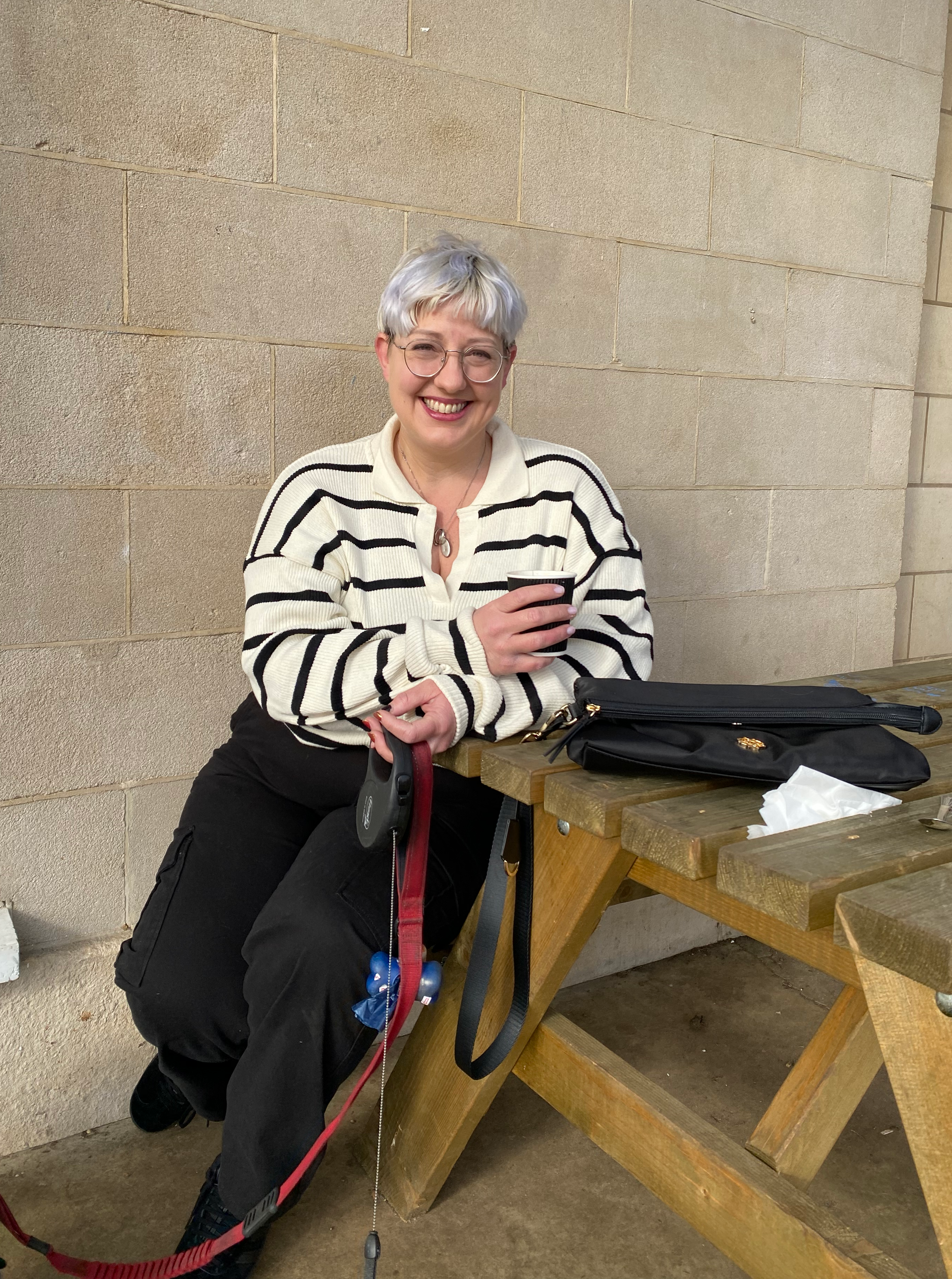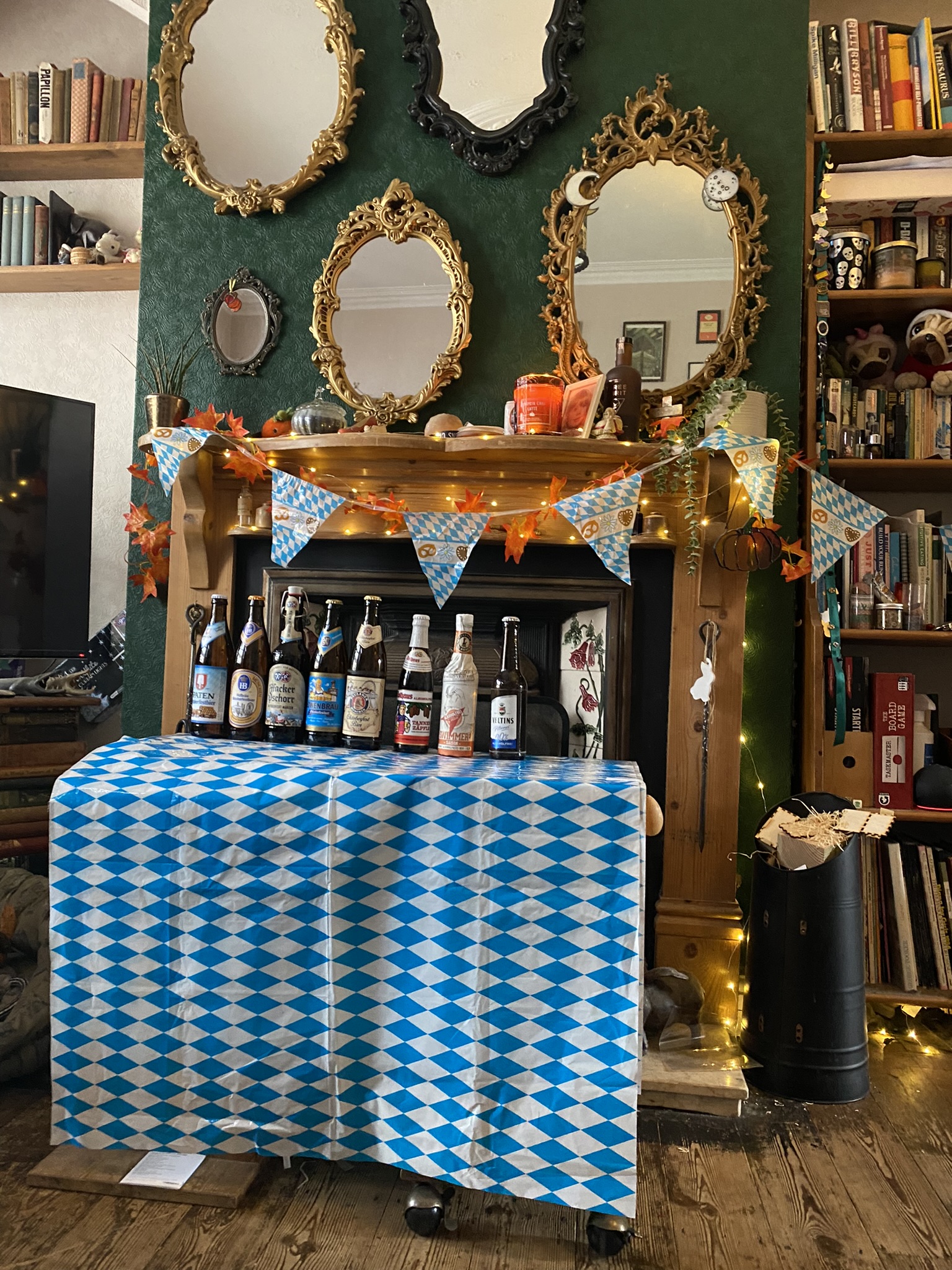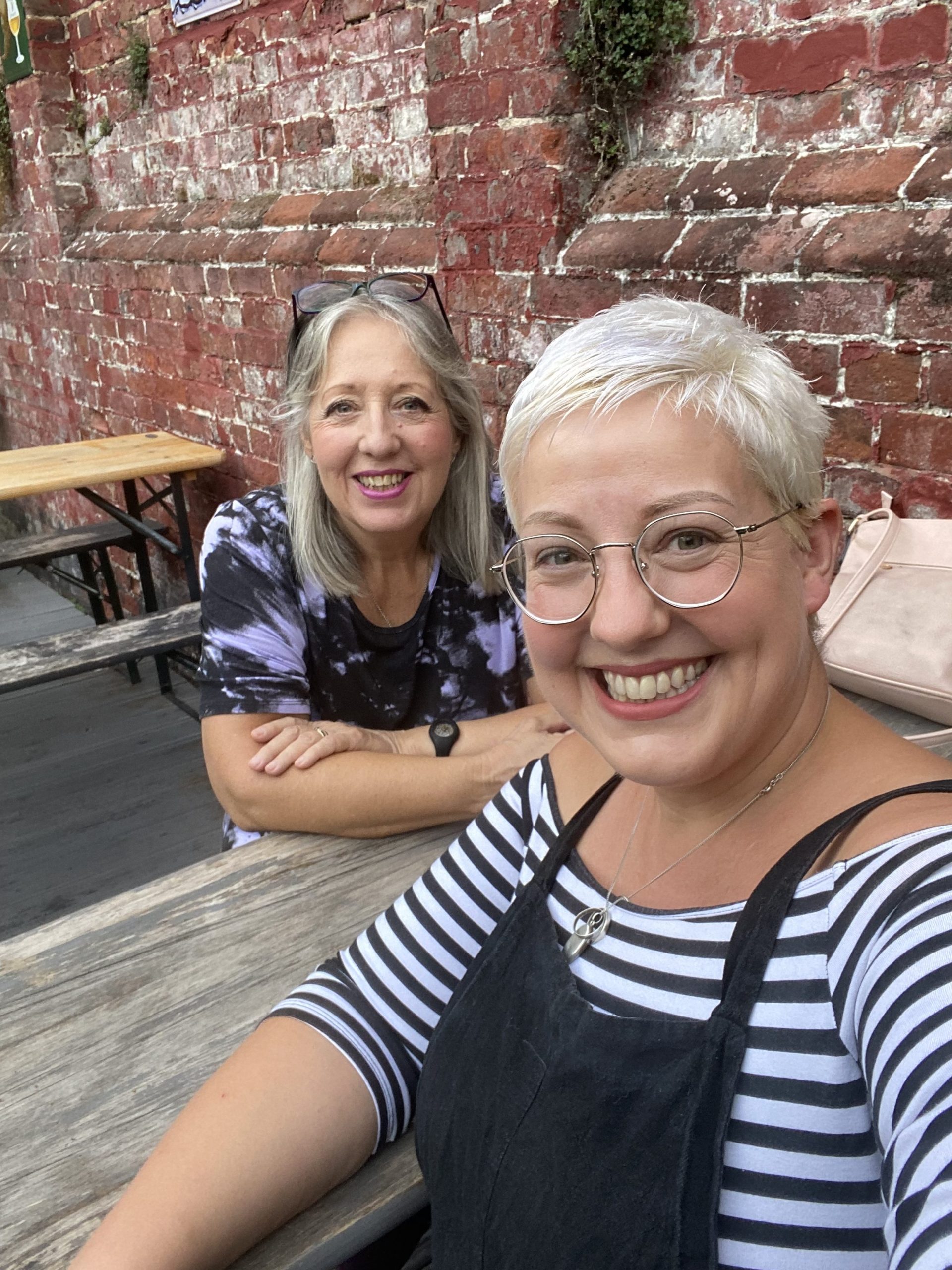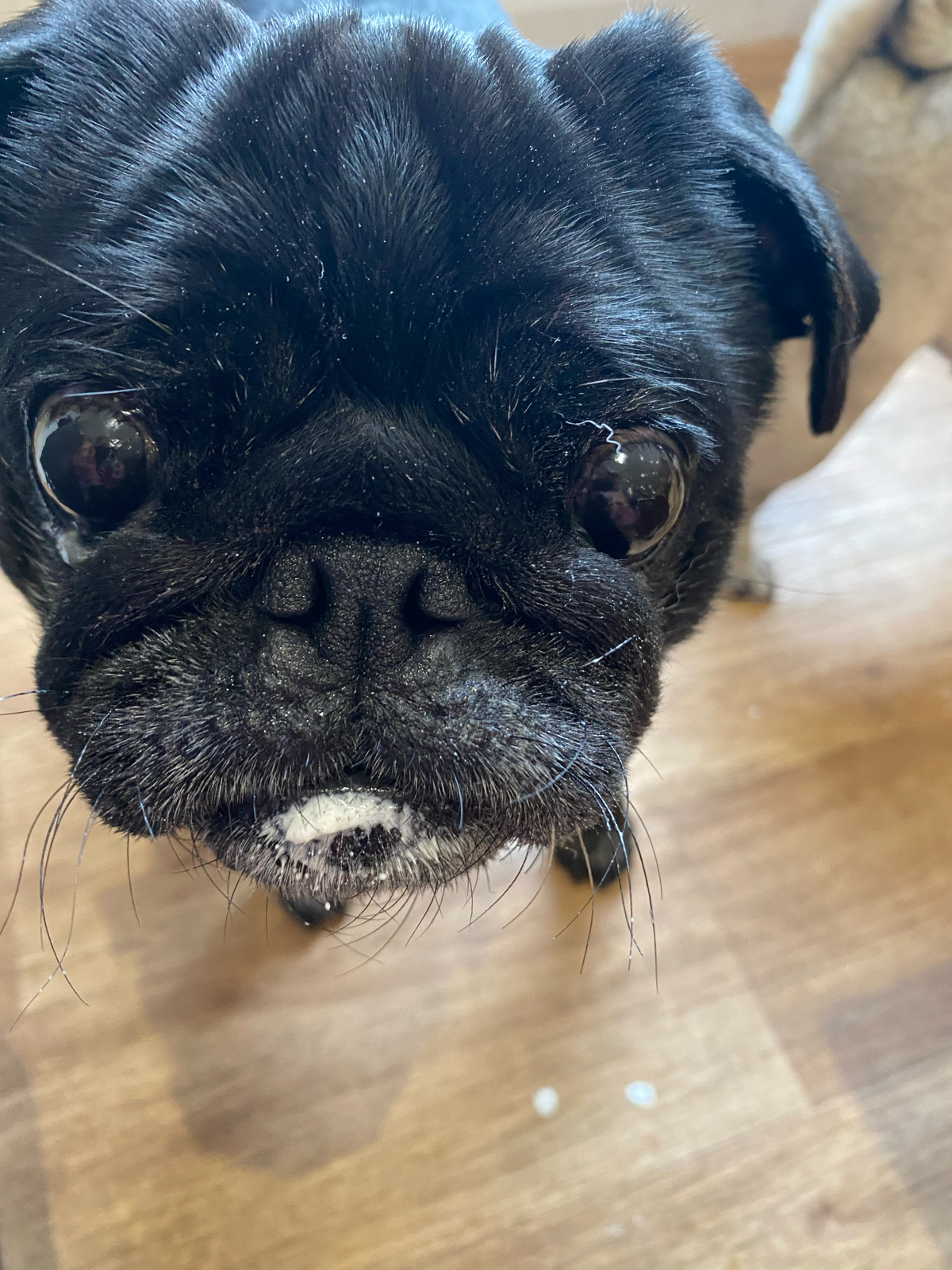So, apparently the 90s are vintage.
The Vintage Festival says so, so it must be true, after all, they own vintage now, right?
This article has caused a minor storm in some quarters and a re emergence of the debate about what constitutes vintage anyway. I’ve kind of written about this before in 2010, and 2011, so it seems it’s time for my annual revist.
Some people refuse to accept anything post 1960s as vintage, calling it instead retro. Some believe that vintage carries with it an innate implication of quality and value (which to be fair seems to be the dictionary definition). Others think that the George at Asda dress they bought from a Charity shop constitutes vintage.
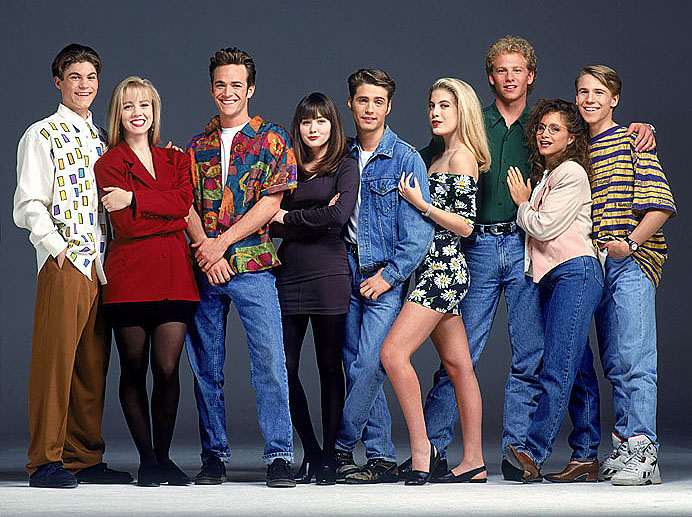
You’d think I’d have more of an emotional connection to the word “VINTAGE”, considering what I do, but apart from a minor frisson of annoyance when people decide to tag the word onto any event featuring cupcakes and bunting, I confess I’m not really that bothered. I’ve always considered the word in a clothing sense merely to describe clothing between 100 and 20 years old. So yes, I think 1992 is vintage, it certainly has a definable “look”, though, Like Tuppence Ha’Penny, I’m happy to leave most of it to people who didn’t wear it first time round!
Like Tuppence Ha’Penny I also consider the word retro to mean “In the style of” or retrospective. So looking back to previous styles. It’s this, I think, that has led to much confusion and shopping based irritation as many shops describe their range as “vintage” when what they really mean is “retro”.
So Vintage describes the age of clothing. Retro describes the style of clothing. But who decides it’s value?

Well, simply, you do! People who grumble that they used to be able to buy 50s frocks for £5 but now it’s so trendy that they have to pay £50 for them are setting that value, as they still want that dress enough to pay £50. If the seller puts the price up to £500 and people still pay it, well, then that’s what the dress is worth.
Much like jewellery, the intrinsic value of an item of clothing is in it’s fabric. The value of the workmanship that went into making it, the quality of the stitching, the name that’s associated with it, and the style of the garment is much more esoteric. A 1970s Ossie Clarke dress with a Celia Birtwell print is worth a lot of money to someone who has the foggiest idea who Ossie Clarke and Celia Birtwell are. To someone who doesn’t and just thinks it’s a pretty dress it’s worth no more than a Supermarket knock off of the design. In fact, it might seem to be less worth buying because it’s cost may make it unwearable, and lets face it, it’s second hand.
It’s not up to us to decide what value an item of clothing has to someone else, only what value it has to us. I might find it laughable that someone would pay actual good money for second hand clothes I was wearing in the early 90s, but no one is asking me to pay for them. I only buy the things that are of value to me, and then I decide where that value lies.
I am not a fashion collector or historian. I know a little about fashion history and fashion designers, but mostly there are just styles I like, and styles I don’t like. My interest in vintage clothing is sparked largely by social history and extreme soppiness (and the fact that vintage often fits my shape better) rather than fashion. I love to think that someone wore this dress before and now I’m giving it a second interesting life. Some people hate that, and that’s fine too.
To a collector a mint condition, designer article has a high value. It means little to me, so I won’t pay it. I buy retro styles, whether they’re new or vintage themselves now (I love my Charity Shop 70s does 30s styles), and I rarely look at a label unless it’s just to get an idea of age. I’m a mug for an item that’s been engraved, embroidered, or otherwise shows that someone else had it before me. Where as to a collector that’s anathema.

When I was little my Mum sold my Sindy house. I wrote a note in the top asking the new owner to look after it and my Mum was really cross. I wish all the clothes I bought came with notes like that. I love finding theatre tickets in old handbags, or names and addresses in old suitcases.
I’m lucky that, in general, other people don’t value those items as highly as I do, so I generally buy them for a pittance. If Vogue sparked a sudden fashion for scribbled all over Sindy houses next year and the price shot up to £1000 then would I still buy this stuff? Probably not as I don’t have a £1000, if I did, I might.
At this point it leads me to separate out the idea of vintage as “style” rather than an age. Should that trend for “things people have scribbled on” take off this year then I’ll have to stop indulging my passion for other peoples old junk, but that doesn’t mean I’ll stop wearing my Heyday dresses and start wearing tracksuits. I discussed vintage as referring to a subculture last year, but as I mentioned earlier, it seems to be increasingly used as a substitute for the word retro. Dressing in a style that refers back to a previous decade has come to be seen as Vintage, whether or not that particular outfit contains a single item that is considered Vintage by it’s age.
So, should I more properly refer to my style as “retro”? Probably. Will I? Probably not.
The meaning of words twists and changes with common usage, and at the moment, spurred by the arrival of vintage mags, vintage clothing ranges, vintage festivals, and *gulp* vintage websites like most of the ones I run, the word “vintage”, in popular usage, refers both to a style of clothing that refers back to a particular decade and to clothing of a certain age or value.
So to cut all that waffle down to size.
- Yes, the early 90s can be considered vintage.
- No one is going to make you spend a lot of money from things from the 90s if you don’t actually like them.
- Different things are of value to different people for different reasons.
- Vintage is just a word that, at the moment, seems to refer to both the age of clothing and it’s style.
- I find styles from the 20s-50s generally appeal to me most.
- I also have a secret soft spot for all the clothes I wore in the 90s, but that doesn’t mean I’ll wear them again (lime green mini skirt and psychedelic stretch satin shirt anyone?)
- I am a soppy old cow and if you see me coming you should probably add an extra fiver to the price of that scribbled on old suitcase.


